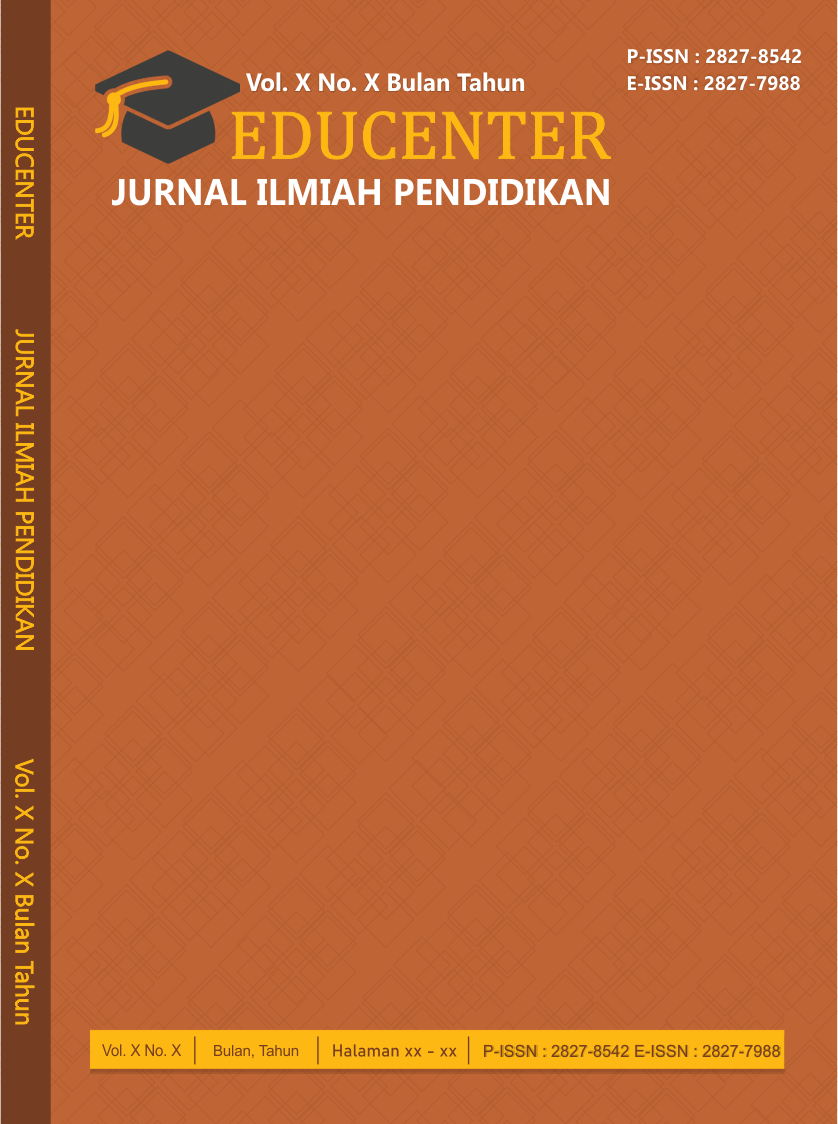Implementation of physical education based on Community Based Tourism (CBT) through surfing activities in Cimaja, Sukabumi: Integrative strategies in outdoor education and strengthening students' character
Main Article Content
Abstract
This research aims to integrate the Community Based Tourism approach in physical education through surfing activities at Cimaja Beach, Sukabumi. Using a descriptive qualitative method, this study examines how outdoor physical activities can be implemented contextually to develop motor skills, form character, and empower local communities. The data collection technique involves in-depth interviews, participatory observations, Focus Group Discussions, and documentation studies. The results of the study show that surfing activities significantly improve the balance, coordination, and physical strength of students. In addition, this activity also instills the values of courage, sportsmanship, and cooperation, in accordance with the principles of affective learning and experiential learning. The involvement of local communities in training and facilitation also enriches the social and cultural dimensions of learning, creating a participatory and contextual educational model. However, this study also found a number of obstacles such as lack of infrastructure, limited tools, and low teacher competence in outdoor education. Overall, the CBT-based physical education model contributes to the achievement of basic competencies in the PJOK curriculum, as well as being a means of inclusive social transformation. This model is recommended to be replicated in other areas with natural tourism potential, as a meaningful, sustainable, and community-based outdoor education innovation.
Article Details
Section

This work is licensed under a Creative Commons Attribution-NonCommercial 4.0 International License.
How to Cite
References
Achsani, F. (2018). Tindak Tutur dalam Talk Show The Interview With Tukul Episode: Walikota Semarang dan Aktor Mata Batin. Basindo, 2(2), 132–138.
Adi, S., Soenyoto, T., Aliriad, H., & Utama, M. B. R. (2025). Manajemen Aktivitas Fisik Siswa. Cahya Ghani Recovery.
Amelia, D., Gea, N. H., Rambe, R., Siahaan, V. A., & Sembiring, Z. (2025). Manfaat Kesemaptaan terhadap Pembentukan Karakter Generasi Muda. Indonesian Research Journal on Education, 5(3), 502–510. https://doi.org/10.31004/irje.v5i3.2661
Basyir, M. S., Aqimi Dinana, & Diana Devi, A. (2022). Kontribusi Teori Belajar Kognitivisme David P. Ausubel dan Robert M. Gagne dalam Proses Pembelajaran. Jurnal Pendidikan Madrasah, 7(1), 89–100. https://doi.org/10.14421/jpm.2022.71.12
Creswell, J. W., & Creswell, J. D. (2017). Research design: Qualitative, quantitative, and mixed methods approaches. Sage publications.
Eime, R. M., Harvey, J. T., Sawyer, N. A., Craike, M. J., Symons, C. M., Polman, R. C. J., & Payne, W. R. (2013). Understanding the contexts of adolescent female participation in sport and physical activity. Research Quarterly for Exercise and Sport, 84(2), 157–166. https://doi.org/10.1080/02701367.2013.784846
Enshanty, Y., Purnomo, D., Kertopermono, A. P., Yulianti, T., Heriyanto, D., Mukasyaf, A. A., Hakim, W. I., Amallya, E., Hapsafellah, K. I., & Martin, N. R. (2025). Resonansi Pemikiran ke-41: Urgensi Mitigasi Bencana di Negara Super Market Bencana dalam Pembelajaran di Sekolah (Kumpulan Artikel dan Opini di Media Massa Bulan Januari–Maret 2025). Muhammadiyah University Press.
Kautsar, M. R. (2017). Perancangan pusat olahraga pantai di Kabupaten Karangasem, Bali: Tema metafora. Universitas Islam Negeri Maulana Malik Ibrahim.
Khairi, L. (2023). Efektivitas Pengembang An Destinasi Wisata Gunung Dempo Dalam Meningkatkan Pendapatan Masyarakat Berdasarkan Perspektif Ekonomi Islam. UIN Raden Intan Lampung.
Kolb, D. A. (2014). Experiential learning: Experience as the source of learning and development. FT press.
Krathwohl, D. R., Bloom, B., & Masia, B. B. (1964). Taxonomy of educational objectives (Vol. 2). David McKay Company.
Lave, J., & Wenger, E. (1991). Situated learning: Legitimate peripheral participation. Cambridge university press.
Lincoln, Y. (1980). Guba. E.(1985). Naturalistic inquiry. Beverly Hills: Sage. LincolnNaturalistic Inquiry1985.
Miles, M. B. (1994). Qualitative data analysis: An expanded sourcebook. Thousand Oaks.
Molina-García, N., González-Serrano, M. H., Ordiñana-Bellver, D., & Baena-Morales, S. (2024). Redefining Education in Sports Sciences: A Theoretical Study for Integrating Competency-Based Learning for Sustainable Employment in Spain. Social Sciences, 13(5), 242. https://doi.org/10.3390/socsci13050242
Mustafa, P. S. (2022). Peran pendidikan jasmani untuk mewujudkan tujuan pendidikan nasional. Jurnal Ilmiah Wahana Pendidikan, 8(9), 68–80. https://doi.org/10.5281/zenodo.6629984
Permendikbud. (2016). Permendikbud No. 24 of 2016 concerning Core Competencies and Basic Competencies of Lessons in the 2013 Curriculum in Primary and Secondary Education.
Saragih, M. G., & SE, M. (2022). Pengembangan Pariwisata Berkelanjutan. Penerbit CV Tungga Esti.
Tosun, C. (2000). Limits to community participation in the tourism development process in developing countries. Tourism Management, 21(6), 613–633. https://doi.org/10.1016/S0261-5177(00)00009-1
Widodo, S. F. A., Mr, M. I. F., Widiastuti, A., Ahmed, T., & Shahzeb, S. (2024). Implementasi dan dampak pendidikan holistik berbasis lingkungan pada siswa: studi kasus di sekolah alam. Humanika: Kajian Ilmiah Mata Kuliah Umum, 24(2), 193–204.

